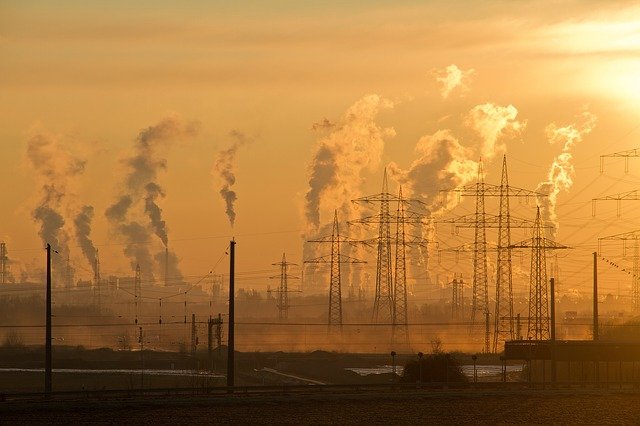
A new study has shown that coal power plants in India take the highest toll in the world when it comes to health.
The study was conducted by a team from ETH Zurich’s Institute of Environmental Engineering.
Coal-fired power plants could produce more than just carbon dioxide that contributes to global warming.
When burning coal, they also release many harmful things, including particulate matter, sulfur dioxide, nitrogen oxide, and mercury, that could damage the health of many people.
Previously, scientists have found that China and the US are the two largest producers of coal power.
In the present study, the researchers examined which country most urgently requires action to fight the health costs of coal power.
They modeled and calculated the undesired side effects of coal power in 7,861 power plant units around the world.
It is known that Eastern Europe, Russia, and India still have many older power plants.
They found that more than 50% of the health effects could be traced back to just one-tenth of the coal power plants.
The team also found that coal power production has a big gap between privileged and disadvantaged regions.
Wealthy countries like those in Europe could import high-quality coal, which has less harmful sulfur dioxide.
However, poor countries like Indonesia, Colombia, and South Africa mainly use low-quality coals.
These coals are often burned in older power plants without proper treatment to remove the sulfur dioxide.
The team suggests that older power plants should be upgraded or shut down as quickly as possible to protect people’s health.
Because global coal resources will last for several hundred years, the team suggests that harmful emissions need to be limited politically.
People should leave coal high in mercury and sulfur content in the ground.
The researchers also suggest people stop building new coal power plants.
This is because the initial investment costs for building a coal power plant are high, but the subsequent operating costs are low.
This means many power plants are kept running for a long time.
The study lead author is Christopher Oberschelp.
The research is published in Nature Sustainability.
Copyright © 2019 Knowridge Science Report. All rights reserved.
Further reading: Nature Sustainability.



